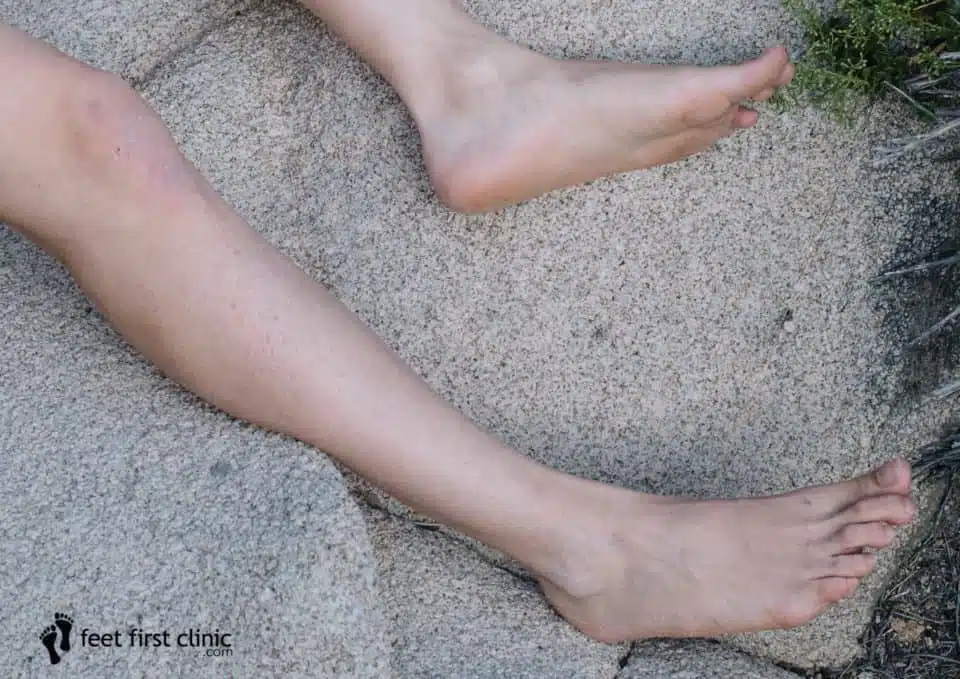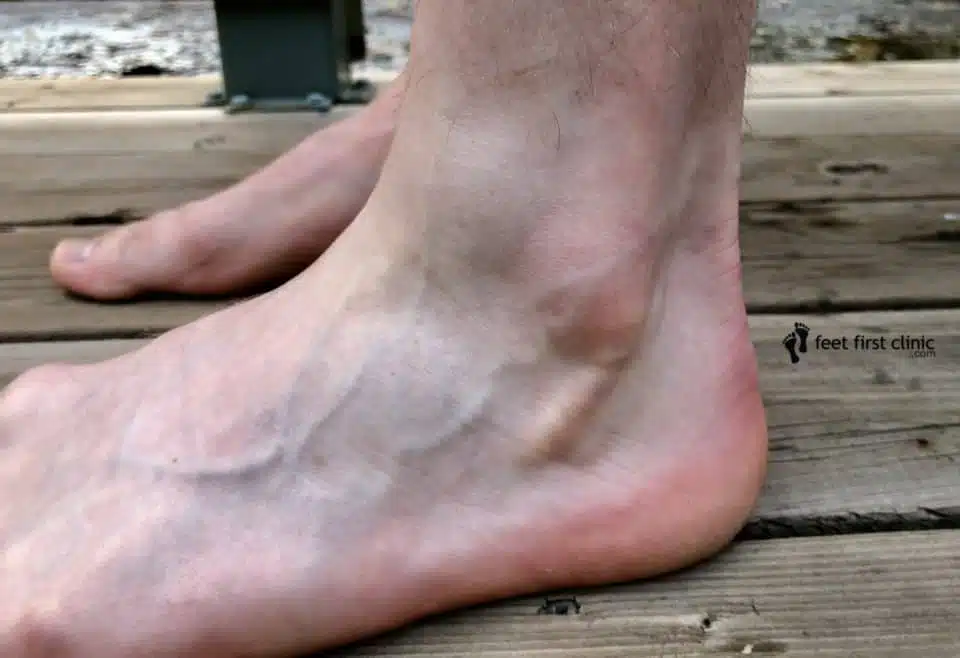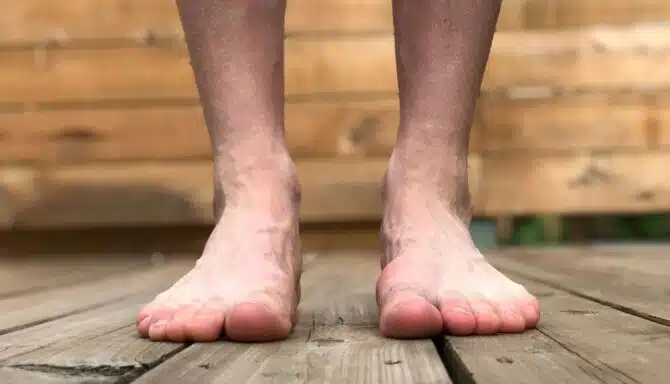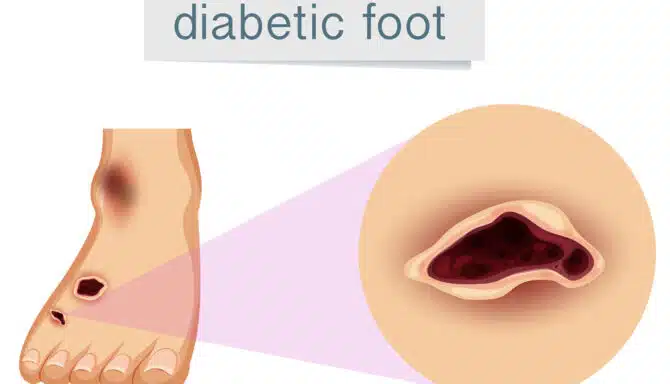What’s that bump on the top of your foot? It could be a bone spur. It could be a blister. It could even be gout, a wart, or a corn. It could also be what’s known as a ganglion cyst. Like a bone spur and a blister, this is a visible condition that commonly affects the top of the foot, as well as the ankle and heel. They can also occur in other areas.
In this article, you’ll learn more about ganglion cysts, how to spot them, treatment methods, and the severity of this foot condition. Additionally, we’ll outline some distinctive features so it’s easier to differentiate between a ganglion cyst and other common foot conditions.
But first, let’s start with the first burning question: what is it?
Ganglion cyst: What is it?
Ganglion cysts are noncancerous lumps – or nodules – that commonly develop along the tendons or joints of your wrists or hands. Specifically, these are the most common spots:
- The base of the fingers on the palm, where they appear as small pea-sized bumps
- The fingertip, just below the cuticle, where they are called mucous cysts
- The outside of the knee and ankle
- The top of the foot
As foot specialists, we’re going to focus on ganglion cysts on the foot – namely the top of the foot and along the ankle.
In terms of what this condition looks like, ganglion cysts are often round or oval in shape. They’re filled with a jelly-like fluid. They’re quite small – roughly the size of a pea – but can grow to roughly 2.5 cm in diameter. They can be soft or firm, can change in size, and are painless.
What are the symptoms of a ganglion cyst on the foot?

- A soft bump that can change sizes (due to fluid moving in and out of the cyst) but doesn’t necessarily move
- Swelling
- May get smaller, disappear altogether, and even come back
- Some pain is possible, especially if the cyst affects joint movement
Notably, there isn’t necessarily a colour change. Discolouration for instance would be more common for a plantar wart or a corn, two other foot conditions visible to the eye. Instead, a ganglion cyst looks like an extension of your skin.
What is the cause of a ganglion cyst?
There is no one known root causes for a ganglion cyst. Common theories include trauma to the area that causes small micro-cysts that then contribute to one larger cyst. Another theory is that there may be a flaw in the joint capsule. This in turn allows the joint tissue to bulge out further than intended. Flaws could be caused by osteoarthritis, or trauma to the area (i.e.: a fracture, cut, etc.).
Your sex and age can influence the chance of developing a cyst. Although it can occur in anyone, women between the age of 20 and 40 are most at risk, according to the Mayo Clinic.
How serious is a ganglion cyst?
In and of itself, a ganglion cyst does not pose any health concern. However, if the cyst presses on a nearby nerve, you may begin to experience mild to moderate pain. In these cases, the severity of the condition depends on the byproduct of pain.
How do you get rid of a ganglion cyst?
As cysts are often painless, no further treatment is required. However, your doctor may recommend taking further action if they see fit. This can be as a precaution or a measure to reduce pain. Specifically, treatments include:
- Immobilization. Because activity and irritation can cause the ganglion cyst to grow, it can help to immobilize the area with a brace or splint. As the cyst shrinks, it may release the pressure on your nerves, relieving pain.
- Aspiration. In this procedure, your doctor uses a needle to drain the fluid from the cyst, followed by an injection into the skin lesion to reduce the chances of recurrence.
- Surgery. Any invasive option is typically seen as a last resort. This procedure involves removing the cyst and the stalk that attaches it to the joint or tendon. Though not common, the surgery can injure the surrounding nerves, blood vessels, or tendons. And the cyst can, of course, reoccur. Reminder: with any surgery, you should consider the associated risks.









